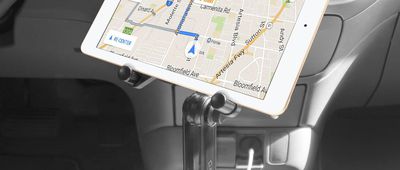Move Over, Horses
Few species are more reviled than rats. The mere sight of one can trigger gasps and shrieks. Insatiable eaters and prolific procreators, rats are associated with disease, rot, filth, death, and impending doom in horror movies. These highly social and surprisingly intelligent rodents, however, are rarely mentioned in the same sentence as car engines — but many motorists discovered during the pandemic that a car engine is exactly where the real-life horror takes place. As a result, the world's most infamous rodent has somehow managed to make itself even more loathed in the public imagination.
























